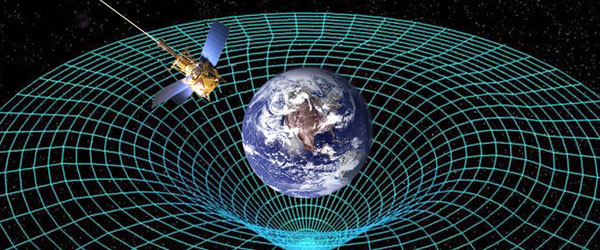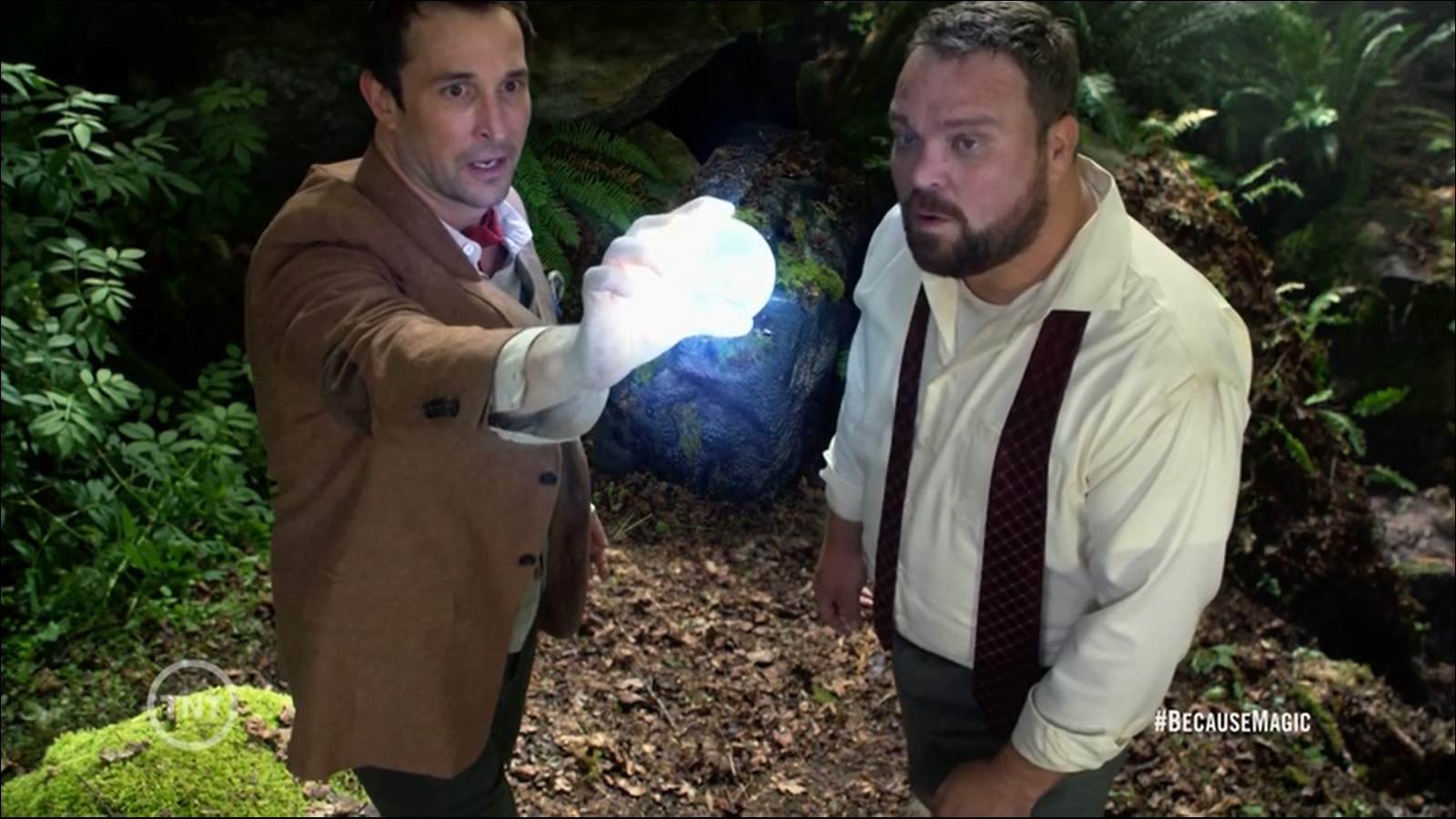Gravity 101 – The INTERSTELLAR Game… Not So Stellar
One of my colleagues pointed me towards this game that was recently released as a teaser for the upcoming Christopher Nolan movie Interstellar. You can play the game online here or it’s also available for Google Chrome, through the Google Play Store for Android, or iTunes for iOS. Since it deals with a spaceship traversing solar systems under the influence of gravitational fields it seemed obvious that I do a quick review.
The first thing that caught my eye was the comment in the press release that it is based on Newtonian physics with simulated gravitational fields endorsed by the movie’s science adviser Kip Thorne. If you’ve been following my articles then you know that I have been focused quite heavily on gravity and orbital dynamics (here, here, here, here, and here) but who is the Kip Thorne guy?
Professor Thorne is a world renowned theoretical physicist and one of the leading authorities on gravitational physics, astrophysics, general relativity, and a few other deep topics.

He was the Feynman Professor of Theoretical Physics at Cal-Tech until 2009 (who was Feynman? if you don’t know I will educate you in the near future). In short, he is a brilliant man whose credentials are impeccable. I had the honor to meet him when he visited Montana State University back in the 80s when I was finishing my bachelors degree in Mathematics (minored in Physics). I ditched all of my classes that day to attend all of his lectures and I must say that, even though it was just one day, he is one of the inspirations to me in that he has the unique ability to present complex topics that is understandable to the given audience.
So this is a man that I truly respect; if his endorsement is on this game then it must be good? Well in some ways yes and some ways no. It all depends on how the developers of the game apply the advice they were given. For those that follow my articles you know that I quite often simplify the overall system down to focus the important features. It’s a technique that I learned from Professor Thorne and others; it is quite powerful when used correctly. So how does that apply here? The other side of the coin are the simplifications to improve game play and do they get in the way of you actually learning anything useful. The first simplification is that, besides the pretty graphics, all of the motion is in two dimensions. This is not a bad thing, I have generally restricted my discussions to two dimension in my articles. The third dimension only comes into play when you have more than one object orbiting the planet or star or if you have to catch up to something in orbit.
The second simplification that was put into place for the sake of game play is the scale. To put things into perspective in our real solar system the Earth is around 93 million miles from the sun and, now that Pluto is no longer a planet, Neptune is thirty times that distance which puts the diameter of our solar system at about 5.6 billion miles (93 million times 30 times 2). Our fastest spacecrafts to date might just get to about ten miles per second so it would take 560 million seconds to cross the solar system. A year is about 32 million seconds (60 times 60 times 24 times 365) so it will take our fastest ships about 17.5 years to travel across our solar system. In this game you can do that in seconds. There are two ways to accomplish this in a game or simulation scenario; shrink the scale of time or shrink the scale of space. The time dilation is the more realistic approach, when you shrink space you have to alter the rules of gravitation.
Along with the rules of gravity you also have to ignore the rules of acceleration. To make a spaceship go faster or turn you have to expend fuel to accelerate the craft. This acceleration impacts the occupants of the spaceship. One of Dr. Einstein’s profound discoveries is that, to the naive observer, there is no difference between the force due to gravity and the force due to acceleration. Accelerating or turning a spaceship is the same as increasing the gravity in it. So how much acceleration or gravity can the human body withstand? It depends on the time frame over which the acceleration occurs. We generally express acceleration in terms of multiples of the acceleration due to gravity on the Earth’s surface (I covered that concept here) know as g which is 32 feet per second per second (every second the speed increases by 32 feet per second). For very short periods of time, the human body can withstand upwards of 50 to 60 times g; but very, very short time spans; fractions of a second. For extend periods, 5 or 6 times g will result in blackouts and eventually death. We can take that much pressure. Just a rough guess on some of the stresses due to accelerating or turning the ship would have resulted in very, very high g-forces. The ship might have hit its destination but there was nobody left alive to see it.
This particular game alters the rules of gravitation quite a bit even though they claim to follow the Professor’s input. Close to a planet or star the rules seem quite accurate but they drop off too fast. If your ship gets a bit too far away it seem that gravity just disappears. If you get a bit too far away from a planet it just stops pulling you in. There is no readout of the ship’s velocity but I played with it quite a bit and I really don’t believe that you need to achieve escape velocity, just get your ship outside of the orbit zone and you’re gone. And getting into orbit? That one took me a while to figure out. You have to monkey with the slowdown and speedup buttons to get your spaceship’s vector “arrow” (vectors are straight lines, not curved) to arc back into the orbit zone just right and you will suddenly enter a perfectly circular orbit. What’s wrong with this picture? Okay, I guess that we can assume that we have a guidance computer that takes over when we’re close but why wait that long? The computer should be able to calculate the orbital parameters long before you get there.
I guess that I’m being a little bit picky here but those are minor annoyances. It gets worse. In this game you are allowed to “build” your own solar system. This might seem cool but it’s really not. You can only add planets with a very limited set of predefined parameters in some preset orbital zones. Once you drop a planet into a particular orbit you can then tweak the eccentricity; the deviation of the orbit from a circle (I’ve mentioned it somewhere, orbits are very rarely circular, they are elliptical). Along with that you can adjust the orbital speed. What? If you’ve learned anything from what I’ve written you will know that the orbital speed is dependent only on the distance to the thing that it is orbiting about. I was incredibly annoyed by this. If you build a solar system with default settings, four planets, and sit back and watch it the outer planets orbit faster than the inner planets. This is absurd, perhaps they are using Descartes’ misguided version of kinematics (here) instead of the modern (non-relativistic), proven rules.
So what’s wrong with this picture:

The outer planets move too fast, everything is too close together, and big planets don’t interact with each other when they are close. I suppose, as far as the game is concerned, this is not a big deal. When you fly your ship into a solar system only your space ship moves, the star and planets are stationary (moons never seem to move). How realistic is that?
I suppose that you realize by now that I am far from impressed and I haven’t even talked about the game controls. There’s not a whole lot of tutorial to the game and the controls are, at best, rudimentary. I played it in Google Chrome on a a big screen and found it hard to see what was going on. I can’t imagine trying to play on a tablet or, even worse, a phone. I was bored with it after half an hour. It is supposed to be interactive where you can fly into other user’s solar systems and explore but, with the very limited amount parameter settings that you have to work with, I can’t see all that much variation from system to system so why bother?
Though Professor Thorne might have provided some input into the production of this game, I kind of doubt that he reviewed the final product. I hope that the movie has more to offer. At least it has Michael Caine in it so maybe parts of it are good. If this game is any indication of the effort that went into the movie then I’m not holding my breath.





